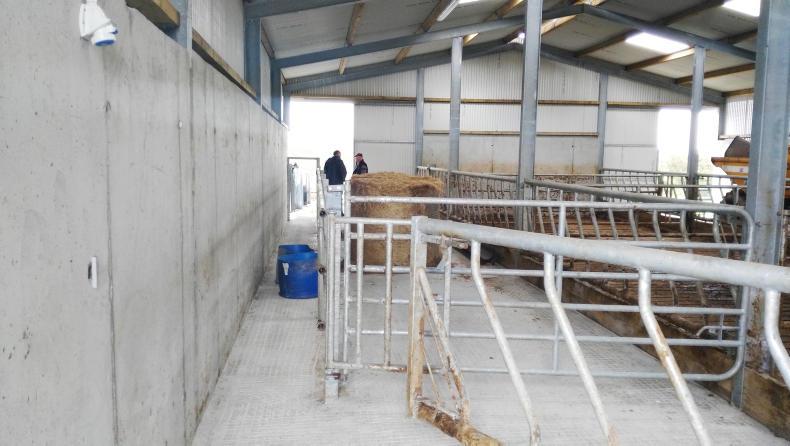Discussions around B&B movements or shed rental agreements generally increase in intensity each October.
The commencement of deals in 2016 is more variable, and is being influenced by ground conditions and grass supplies, which currently differ greatly depending on the region.
Such movements are governed by several rules and regulations which are important to abide by, as failing to do so can put both parties involved at risk of incurring penalties.
Movements can also fall foul of TB and it is important to know how this will affect both parties involved. These factors, along with other considerations, are summarised below:
B&B movements
In a B&B movement, animals move from the owner’s herd number into the herd number of the receiving holding (offering accommodation/feeding) which then becomes the keeper.
This means both parties must have active herd numbers and adhere to pre-movement TB regulations – ie both herds must be free from any restrictions preventing movement, and animals in it cleared to move from a TB perspective. Note that Brucellosis testing is no longer required for any male or female animals pre-movement.
Approval must also be sought before animals move.
This can be requested and received online through a farmer’s Department of Agriculture online agfood.ie account, or by sending the Departments’ NBAS 31B certificate of compliance to your local District Veterinary Office (DVO) to gain approval.
These forms can be accessed at www.agriculture.gov.ie or by contacting your local DVO.
Change in responsibility
Once movement has taken place, the certificate of compliance signed by both parties involved must be sent to the cattle movement notification agency within seven days of the animals moving.
The person receiving the animals now becomes the person responsible for the animals and must also be given the animals passports (blue cards) for the period which the animals are on the farm.
This is an area that attracted close scrutiny this time last year, with many involved not realising they were essentially relinquishing control of animals to the person offering the B&B service.
For this reason, it is advisable for farmers to draw up a contract that protects both parties with tight guidelines to protect the owner, ensuring animals are returned and that the B&B provider receives payment.
Legal advice related to such a situation from Aisling Meehan in 2015 can be found here.
It is important to note that the Department of Agriculture has no role in B&B agreements outside of monitoring the movement of animals and disease identification and surveillance. Once there is no reason to halt movements from a disease perspective, it has no role in any movements.
Three other considerations
Three other important factors that should be taken into account are listed below;
The costs involved
There is no exact guidelines on the cost of B&B arrangements, with daily rates influenced primarily by the type of animal being fed.
A high percentage of deals concern weanling, store or finishing cattle, and in-calf dairy heifers with suckler cows rarely moving.
Deals also need to be agreed with a benchmark for performance so that everyone involved knows what is expected at the outset.
Many deals operate on weanlings or store cattle gaining 0.5kg on average over the winter, with finishing cattle gaining an average of 1kg for steers/heifers.
Specialist finishers handling bulls work off a tighter specification, with performance and timelines important to hit target slaughter dates and weights.

The volume of silage consumed is often the starting point for calculating daily feed costs. Table 1 looks at how costs vary depending on the class of animal taking silage at good-quality 70DMD and 25% dry matter, which is the ballpark average for many pit/baled-silage samples analysed. Where quality varies, costs can also differ greatly to meet weight targets with lower quality silage requiring concentrate supplementation as outlined in Table 2.

Costs charged above feeding costs allow for costs such as labour, electricity, water, slurry spreading etc, and generally range anywhere from 30c/kg to 50c/kg. Costs may be higher if veterinary costs have to be covered.
Current costs reported do not vary significantly relative to 2015, with specialist feeders quoting €1.50/day to €1.80/day for animals in excess of 600kg on a maintenance silage diet. Lighter stores are quoted at €1.30/day to €1.60/day, while costs for weanlings (300kg to 350kg) range in general from €1.00/day to €1.40/day, allowing for a level of front-loaded meal feeding.

Shed rental costs are not straightforward, as there are numerous elements that can alter costs.
We have been quoted costs for renting a bay anywhere from €180 per bay to over €500 per bay with all the points listed below having an influence.
Like B&B agreements, everyone we spoke to stressed the importance of setting out in writing what is expected from each party involved and exactly who covers particular costs.